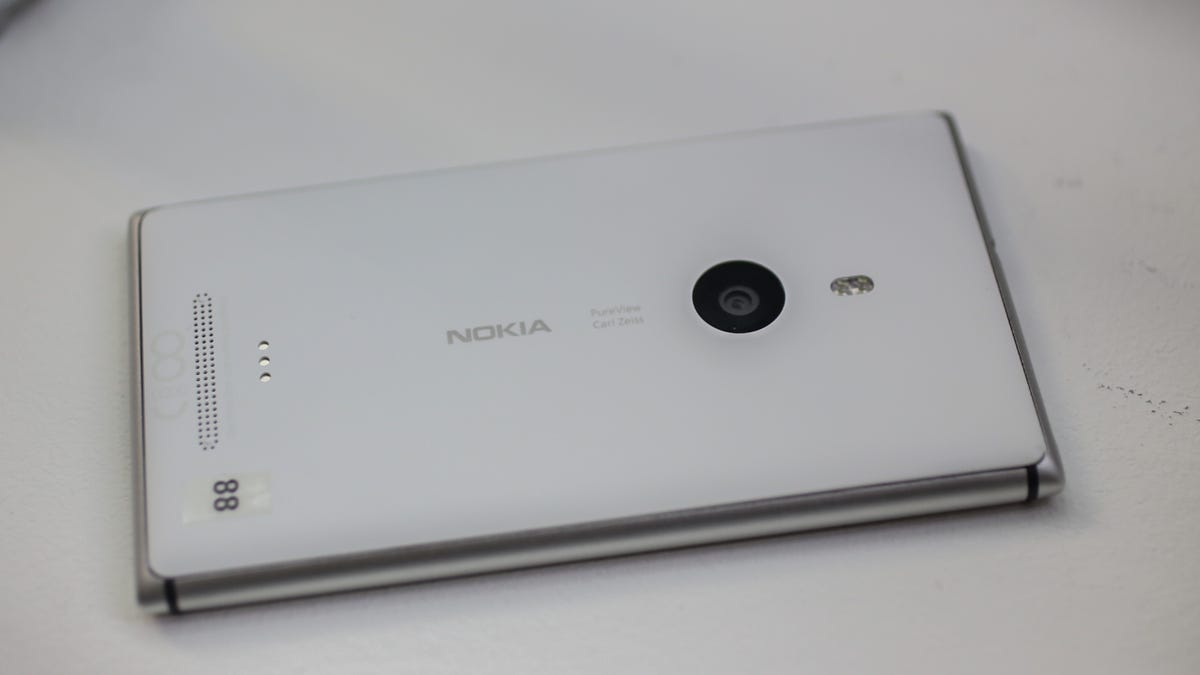Nokia Lumia 925: Great phone, wrong carrier
<b>Commentary</b>: Nokia can't break the habit of exclusivity deals with U.S. carriers. That's going to hobble sales of the Lumia 925.

ORLANDO, Fla.--The
Nokia unveiled its latest flagship smartphone at an event in London on Tuesday. But U.S. customers will care most about where it will sell here, and the news isn't great.
T-Mobile, the smallest nationwide carrier -- by far -- will get exclusive rights to sell the Lumia 925.
In an era when the top-tier handset vendors are moving away from exclusive deals, Nokia appears to be betting even more heavily on them. Last Friday, Verizon and Nokia officially unveiled the
Traditionally, exclusive deals with carriers have been sought after because they often yield additional marketing support and premiere positioning at carrier stores. But companies such as Apple and Samsung Electronics realize their brands are just as big, if not bigger, and can stand alone with their flagship devices. That's why the
Nokia, which offers catchy devices packed with features, doesn't seem to get that.
This isn't a knock on T-Mobile, which has made strides to improve its network coverage and now offers services and smartphones under a no-contract, no-subsidy model. It's a strategy meant to attract customers of competing carriers.
The reality is many simply aren't going to jump ship and come to T-Mobile. If you look at AT&T and Verizon Wireless, whose turnover levels are low for industry, you'll know that few are making that switch. The two carriers combine for roughly 200 million customers. T-Mobile ended the first quarter with 43 million customers.
It would have been better to get the Lumia 925 out to every carrier and let the market and consumers decide on whether it's a success. If Nokia is so confident in the phone, it should stand by the device itself.
For better or worse, that's what BlackBerry has done with the
Despite its history in the mobile game, Nokia no longer has the name that it used to when it comes to the U.S. market. It's because of its relatively low visibility that the company may be leaning more heavily on the traditional exclusivity deal. Or it may be because it lacks the clout of an Apple or Samsung to demand that its products be widely distributed.
Here's hoping Nokia regains some cred at the carriers, because pinning your hopes on one partner -- particularly the smallest of the big four -- isn't the right way to mount a comeback.

